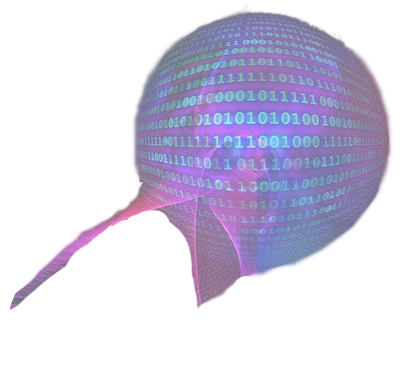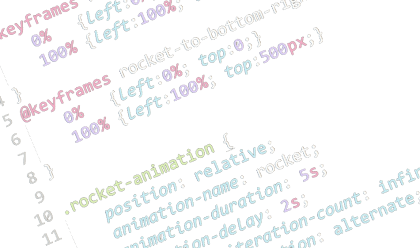The "checkbox hack"
The "checkbox hack" in CSS refers to a technique where we leverage the adjacent sibling selector (+) to apply styles to elements that come immediately after a checkbox input element when it is checked.
Typically, the adjacent sibling selector is used to select and style elements that come right after another element.
continue reading >>





